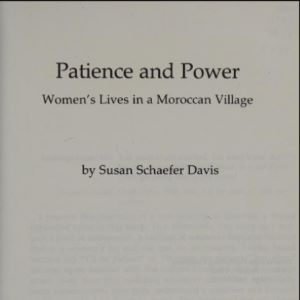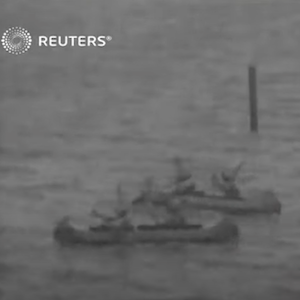Gender

Nisa, The Life and Words of a !Kung Woman by Marjorie Shostak
Made up of a series of analyses and personal interviews conducted by Marjorie Shostak, Nisa, The Life and Words of a !Kung Woman is an anthropological work about women of the !Kung tribe of the Kalahari desert in southern Africa told through the perspective of one individual, N

Patience and Power by Susan Davis
Patience and Power, Women's Lives in a Moroccan Village is an anthology of anecdotes, interviews, and observations by American anthropologist Dr. Susan Schaefer Davis.

Living History by Hillary Clinton
Written shortly after being elected a United States Senator, Living History is an autobiography by Hillary Rodham Clinton, politician and former First Lady of President Bill Clinton. Living History is a memoir covering Clinton's early years and her time as Fi

Sewing Classes at Mount Margaret Mission
These two photographs, from the State Library of Western Australia, show Aboriginal girls learning to sew from Dorothy Lovick at the Mount Margaret Mission in Laverton, Australia, in the 1930s. The first photograph shows a middle school class, while the second one features a senior class.

South African Native Affairs Commission report on education
In 1903, Alfred Milner, the British High Commissioner for South Africa, appointed the South African Native Affairs Commission to examine “the status and condition of the Natives” and to provide recommendations “on questions concerning Native policy” (1-2).

“Maori Girls School”
This article, which was published in the newspaper Manawatu Times on April 14, 1905, announces the opening of a school for Māori girls.

Video: Boy Scouts at 1929 World Jamboree Perform as Native Americans
This video features film footage of events at the Boy Scouts’ third World Jamboree, held in England in 1929. The jamboree was known as the “Coming of Age” Jamboree, since it marked twenty-one years since the foundation of the Boy Scouts.

Video: Indian Boy Scouts at 1929 World Jamboree
This video features film footage of events at the Boy Scouts’ third World Jamboree, held in England in 1929. The jamboree was known as the “Coming of Age” Jamboree, since it marked twenty-one years since the foundation of the Boy Scouts.

Video: March of Flags from 1929 Boy Scout World Jamboree
This video shows the opening ceremony at the Boy Scouts’ third World Jamboree, held in England in 1929. The jamboree was known as the “Coming of Age” Jamboree, since it marked twenty-one years since the foundation of the Boy Scouts.

Photograph of the Boy Scout World Jamboree in 1929
This photograph shows the South African contingent at the Boy Scouts’ third World Jamboree, held in England in 1929. The jamboree was known as the “Coming of Age” Jamboree, since it marked twenty-one years since the foundation of the Boy Scouts.